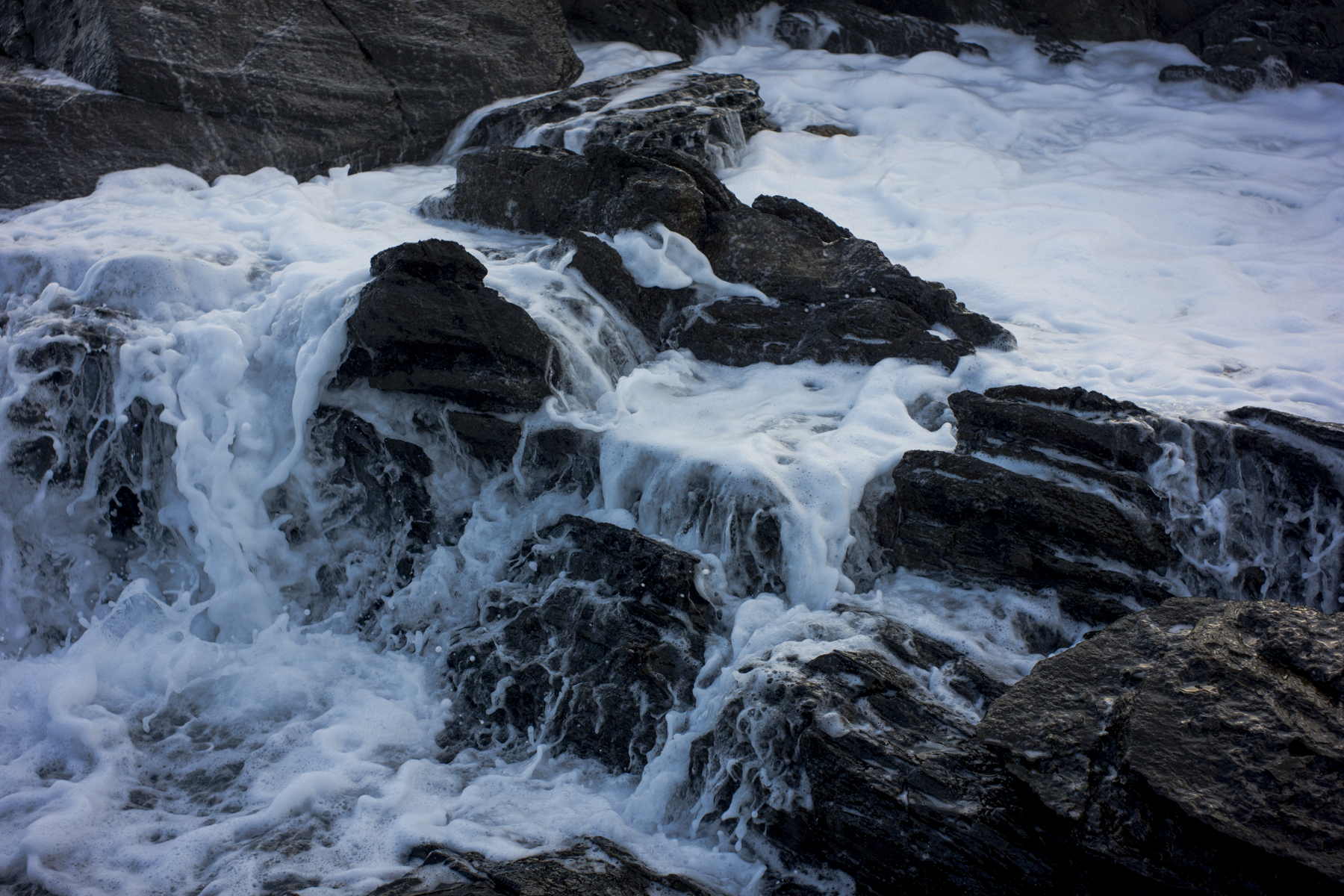My response to the ‘in a vacuum’ post has been to walk the city with a digital camera looking for possible photographic subjects in the central business district for my large format work. I came across a couple of possiblities:

The possibilities I uncovered explore the grungy side of Adelaide CBD. Though grunge is usually associated with the music of the 1990s there is grunge literature of the 1990s that charted the territory of young people living in inner cities.










